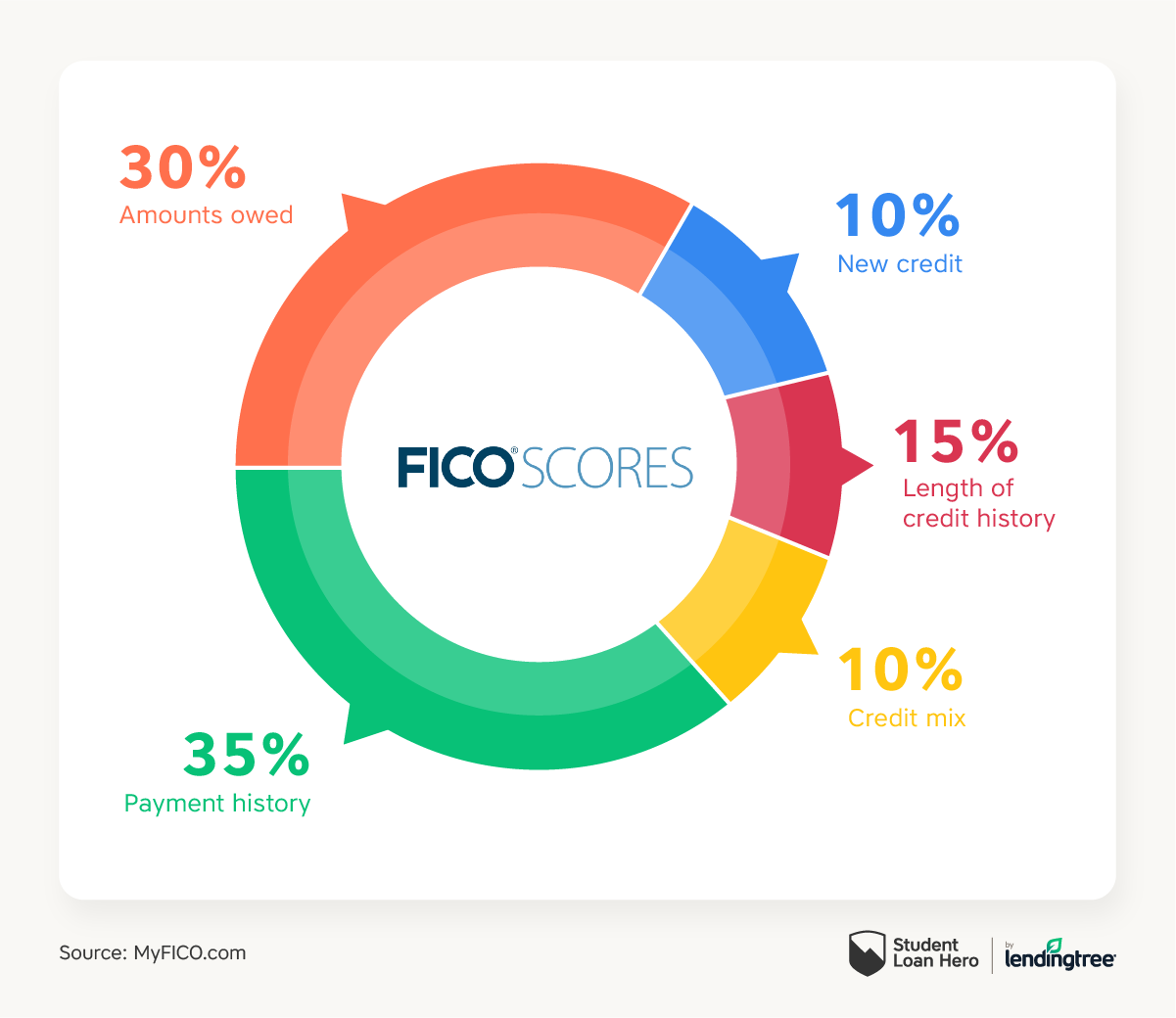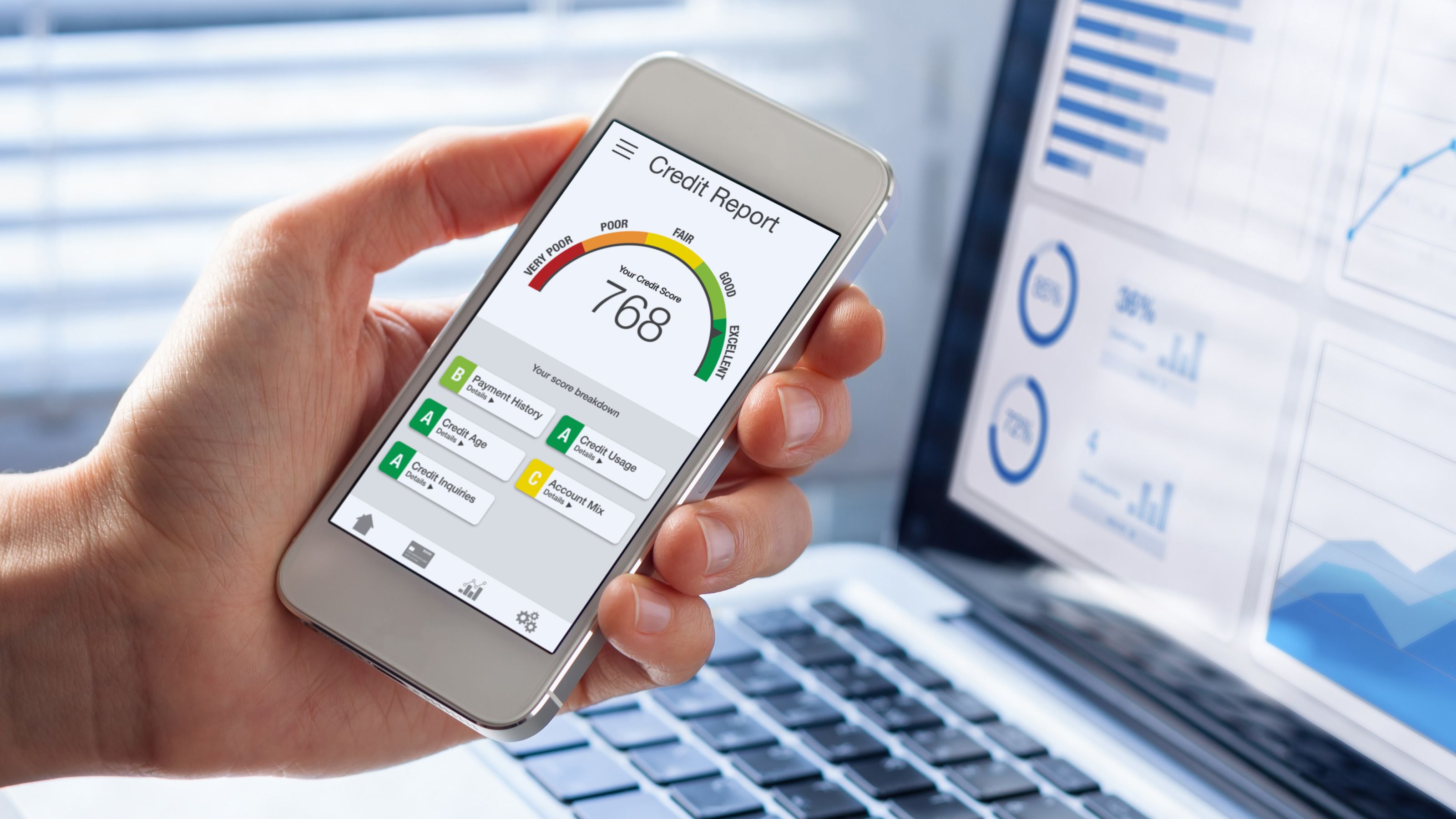
Credit bureaus assign scores and ratings to your credit history based on how often you pay your bills, what amount you owe, as well as the length of time you have been applying for credit. These scores enable lenders to predict whether or not your ability will pay your bills. They range from 300 to 850, and a higher score indicates you make timely payments. These credit bureaus compile, synthesize, then present this information in order to lenders and other business.
Equifax, Experian, TransUnion are three of the major credit bureaus
Credit bureaus keep track of your credit and use it for determining if you are a good risk. Although there are many credit bureaus available, most lenders only use one of the three major ones. Equifax, for example, was founded in 1899 as a retail credit company, and by the 1920s had offices across North America and credit files for millions of Americans.
Each bureau has its own different business model and offers different credit monitoring services. While TransUnion focuses primarily on consumer data, Equifax also sells consumer information to retail companies and government agencies. Both companies also offer credit monitoring and other services to the public.

They each have free annual credit reports
To get your free annual credit report, simply call the toll-free number or go online. The report will arrive within 15 working days. You can also request it at multiple times or even up to 4 months apart. The free credit report does not show you all of your credit information at once. A monitoring service can be a good option. They cost between $40 and $100 each year.
Although all three credit bureaus have information about you, information can differ between them. Because creditors don't need to report all three bureaus. Some mortgage companies might only report to one or two bureaus. So, it is important to check all three to see if there are any discrepancies. This could negatively impact your credit score.
Each applicant must pass a background screening
To check if someone is a felon, consumers can look at their credit reports. This is a good practice for avoiding identity theft and fraud. These reports are useful for many purposes such as loan applications, utility deposits, etc. These reports contain identifying information, past and current credit accounts lists, and payment history.
Equifax, Experian, or TransUnion all provide credit reports. Each bureau has a different way of calculating your credit score, and the information may differ slightly. It is important to understand what each bureau doesn't do in order to protect yourself and maintain good credit.

They each have a VantageScore credit scoring model
FICO scores can still be used widely, but VantageScore credit scoring uses more sophisticated models. It includes factors such payment history, age, and credit account types. The VantageScore also includes trends and measures the amount of credit available. It's free to download from Credit Karma.
VantageScore was created in 2006 by the three major consumer credit reporting bureaus. It has been updated several times since then. The latest version, VantageScore 3.0 was released in 2013. It quickly became the most loved credit scoring model and helped more than 40,000,000 Americans get their scores. Although the new version, 4.0 was released in 2017, many lenders still use VantageScore 30.0 for loan approval.